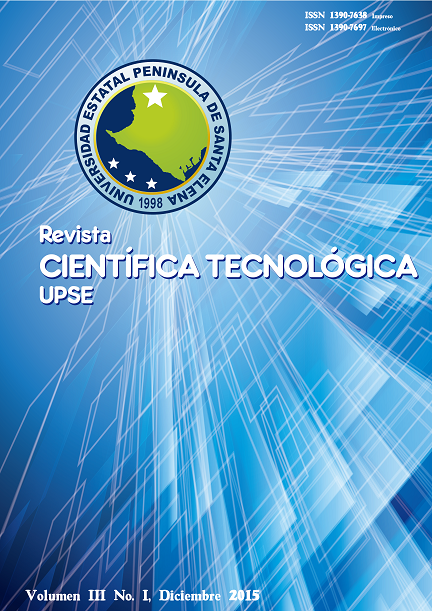Evaluation of physical topologies of WSN networks for measuring environmental variables
DOI:
https://doi.org/10.26423/rctu.v3i1.84Keywords:
Wireless Sensor Network, Packet Delivery Ratio, Digital sensor, WSN topologiesAbstract
This paper presents a comparative study between physical topologies that support WSN in order to determine the most efficient applied to a wireless network of environmental sensors. The research was performed by the support of Network Simulator 2 (NS-2), it allows to create an environment similar to real and simulated its operation, to determine the best topology an inductive method was applied to evaluate the data from NS-2 that were based on the performance metrics such as: sending packages, energy consumption and coverage. As a result it was obtained that the star physical topology is the best to implement a WSN network for environmental measurements, that has Packet Delivery Ratio of 97,9 %, Throughput of 0,7542 Kbps, a delay of 0,0162 ms, a low energy consumption and a greater sensor coverage area.
Downloads
Downloads
Published
Issue
Section
License
El titular de los derechos de autor de la obra, otorga derechos de uso a los lectores mediante la licencia Creative Commons Atribución-NoComercial-CompartirIgual 4.0 Internacional. Esto permite el acceso gratuito inmediato a la obra y permite a cualquier usuario leer, descargar, copiar, distribuir, imprimir, buscar o vincular a los textos completos de los artículos, rastrearlos para su indexación, pasarlos como datos al software o usarlos para cualquier otro propósito legal.
Cuando la obra es aprobada y aceptada para su publicación, los autores conservan los derechos de autor sin restricciones, cediendo únicamente los derechos de reproducción, distribución para su explotación en formato de papel, así como en cualquier otro soporte magnético, óptico y digital.












